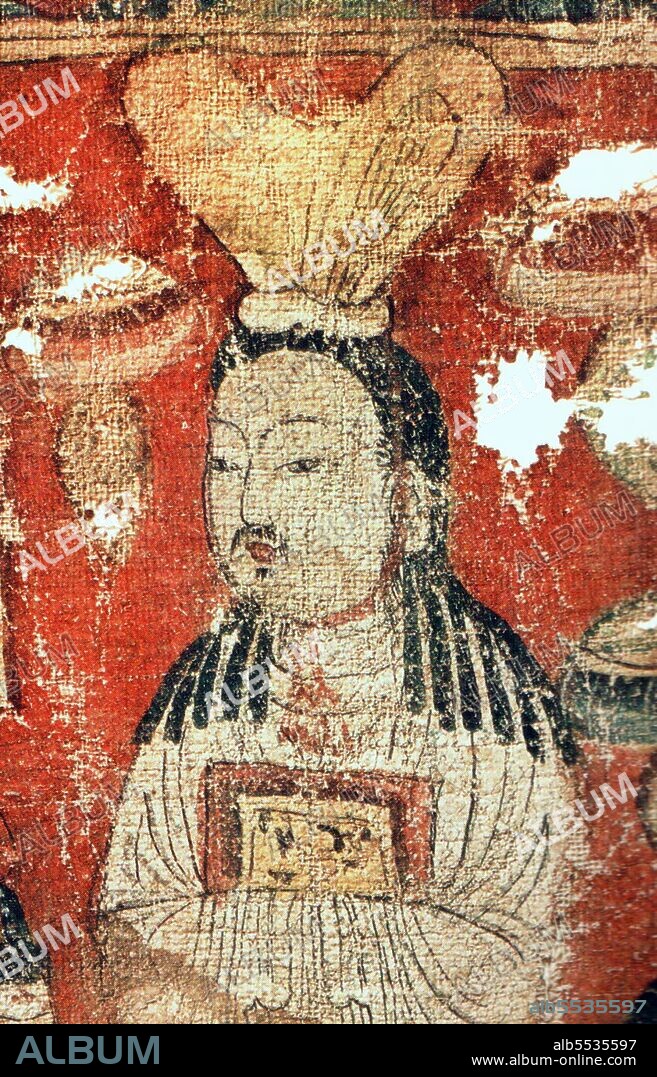alb5535597
China: A Manichaean donor, or possibly the prophet Mani. Bezeklik Thousand Buddha Caves, Turfan, Xinjiang, c. 8th-9th century.

|
Ajouter à une autre Lightbox |
|
Ajouter à une autre Lightbox |



Avez-vous déjà un compte? S'identifier
Vous n'avez pas de compte ? S'inscrire
Acheter cette image

Titre:
China: A Manichaean donor, or possibly the prophet Mani. Bezeklik Thousand Buddha Caves, Turfan, Xinjiang, c. 8th-9th century.
Légende:
Voir la traduction automatique
Mani (c.216–276 CE), of Iranian origin, was the prophet and the founder of Manichaeism, a gnostic religion of Late Antiquity which was once widespread but is now extinct. Mani was born in or near Seleucia-Ctesiphon in Asuristan (Assyria), at the time still part of the Parthian Empire. Six of his major works were written in Syriac Aramaic and the seventh, dedicated to the king of the empire, Shapur I, was written in Middle Persian. He died in Gundeshapur, under the Sassanid Empire.
Crédit:
Album / Pictures from History/Universal Images Group
Autorisations:
Modèle: Non - Propriété: Non
Questions sur les droits?
Questions sur les droits?
Taille de l'image:
3272 x 5100 px | 47.7 MB
Taille d'impression:
27.7 x 43.2 cm | 10.9 x 17.0 in (300 dpi)
Mots clés:
ANT. OR.: IRAN • ART (CATÉGORIE) • ART PERSAN • ART • ART, PEINTURE • ASIE • ASIE, CONTINENT • BODHISATTVA • CHINE • CHINOIS • CHINOISE • CONTINENT ASIE • HISOIRE • HISTOIRE • IRAN • IRAN, ANT. OR. • IRANIEN • IRANIENNE • MANICHEISME • MYTHES: PERSES • PEINTURE • PERSAN • PERSE • PERSES • PERSES, MYTHES • PROPHETE • RELIGION • TABLEAU • TABLEAUX
 Pinterest
Pinterest Twitter
Twitter Facebook
Facebook Copier le lien
Copier le lien Email
Email
